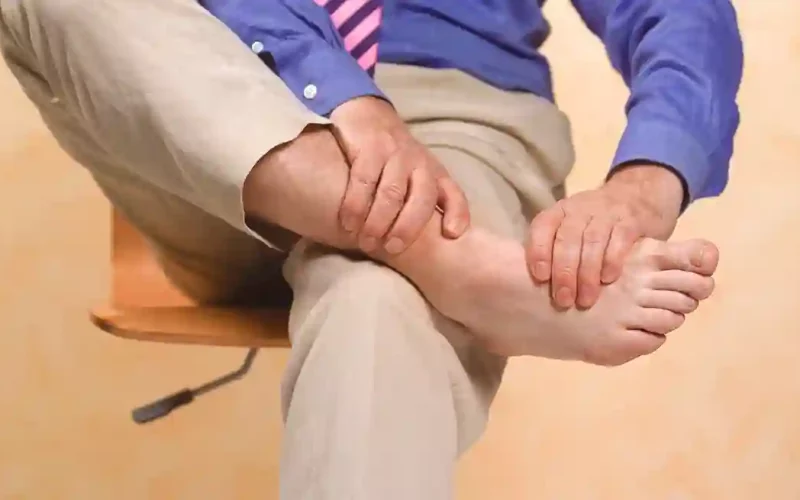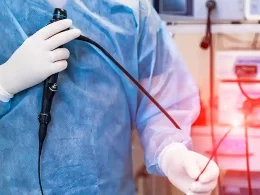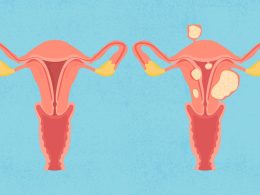A hammertoe is a common foot problem characterized by a deformity of the second, third, or fourth toes. If you have a hammertoe, the affected toe develops an unusual bend at the middle joint, resembling a hammer. Hammertoes are usually flexible and can be corrected with simple measures like taping or splinting the toe. However, if left untreated, Evergreen hammer toe can become rigid or fixed, necessitating surgery to straighten the toe joint.
What are the symptoms of a hammertoe?
An upward bend at the middle joint of a toe is an obvious symptom of a hammertoe. Initially, the affected toe is flexible, meaning you can straighten it. But over time, it can become painful and harder to straighten. A hammertoe can also cause pain, especially when you move or wear shoes.
You may also develop corns, blisters, or calluses when the inside of your shoe rubs against a hammertoe; as such, if you have a hammertoe, it is best to choose shoes that fit well and have adequate room for your toes. Corns, calluses, and blisters may form on the top or bottom of your foot, making walking painful, especially with shoes on. You may also have pain, swelling, and redness on the affected toes.
What causes a hammertoe?
A hammer toe results from a muscle imbalance that puts pressure on the tendons and joints, causing the toes to bend in one position for too long. Eventually, the muscles and joints tighten and become rigid. The most common cause of this imbalance is wearing ill-fitting shoes, especially those with a narrow foot box. When you wear shoes with a small or pointed-toe box, your smaller toes are pushed into a flexed or bent position. Additionally, the toes rub against the shoe, resulting in corns and calluses, which worsen the problem.
High-heeled shoes are also a culprit since they force your foot down and push your toes against the shoe; this increases the pressure and bend in the toe and may eventually cause a hammertoe.
Treatment for hammer toe
If your toe joint is still flexible, simple measures like exercises and changes in footwear may be all you need to treat a hammertoe.
During the early stages of hammertoe, your doctor will advise that you avoid wearing tight, narrow, high-heeled shoes. Whenever you buy shoes, there is a half-inch space between the shoe and your longest toe, which for many is the second toe. You also want to find shoes with a big toe box accommodating the hammertoe.
Exercises like a towel curl can also help stretch and strengthen your foot muscles. Place a towel on the floor for this exercise and crumple it using your toes. You can also use your toes to pick up things from the floor or gently stretch them manually. Your doctor may recommend over-the-counter remedies like cushions, straps, or non-medicated corn pads if you have pain. However, if you have poor circulation, diabetes, or numbness in your feet, talk to your doctor before attempting self-treatment.
If your hammertoe symptoms don’t improve with the above treatments, visit your doctor at Rocky Mountain Foot and Ankle Center to explore your surgical treatment options.











